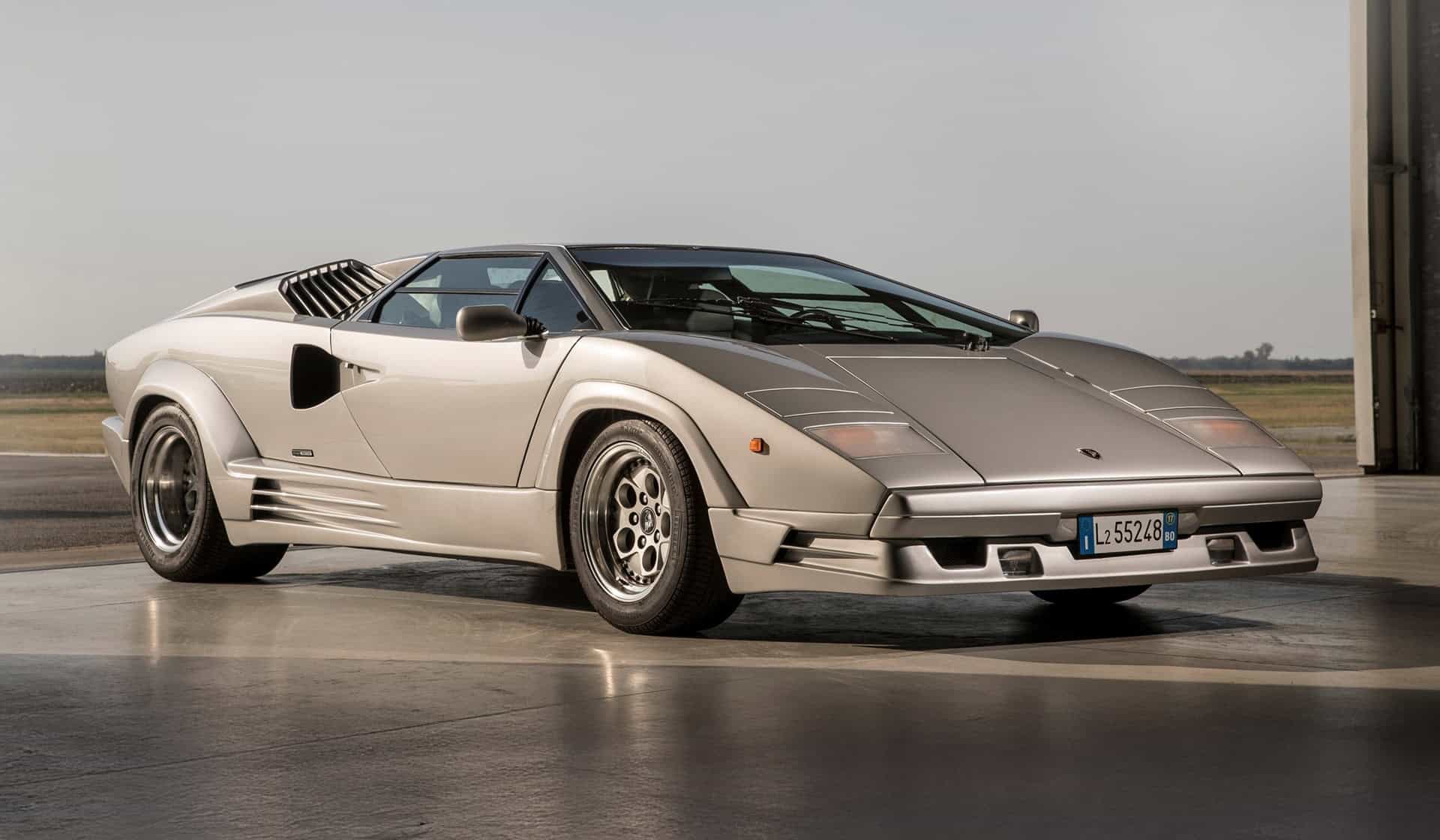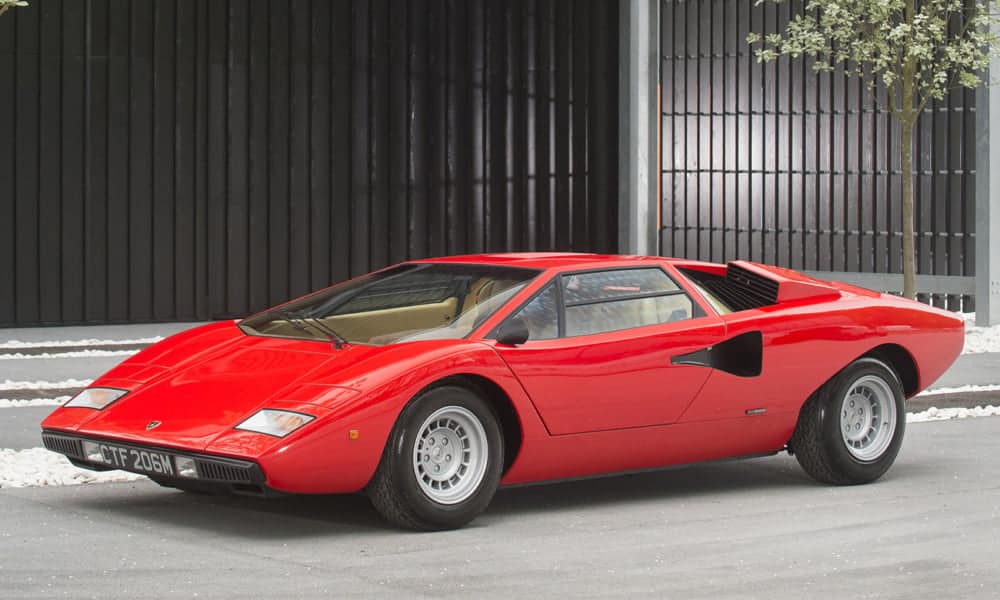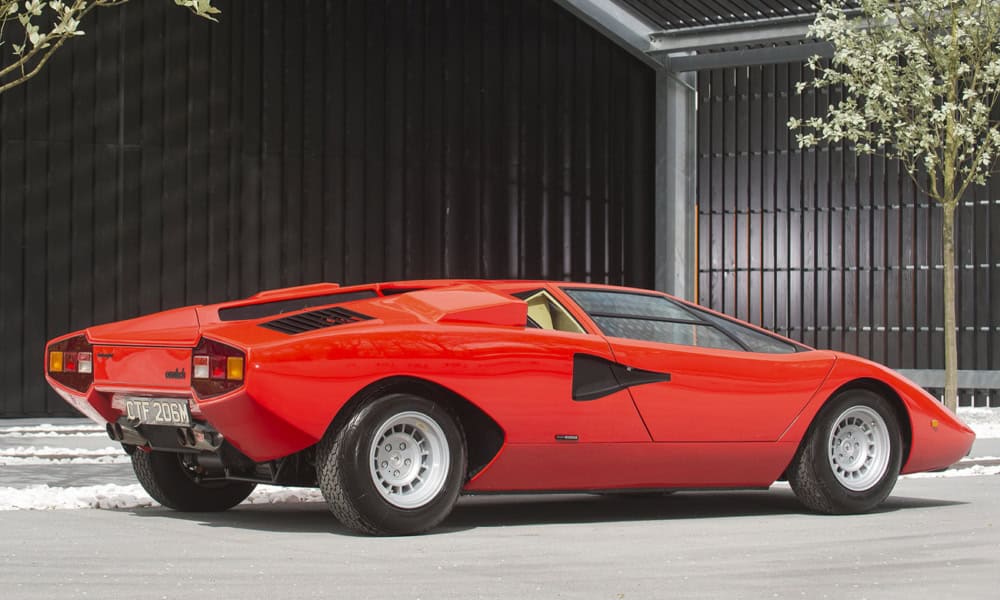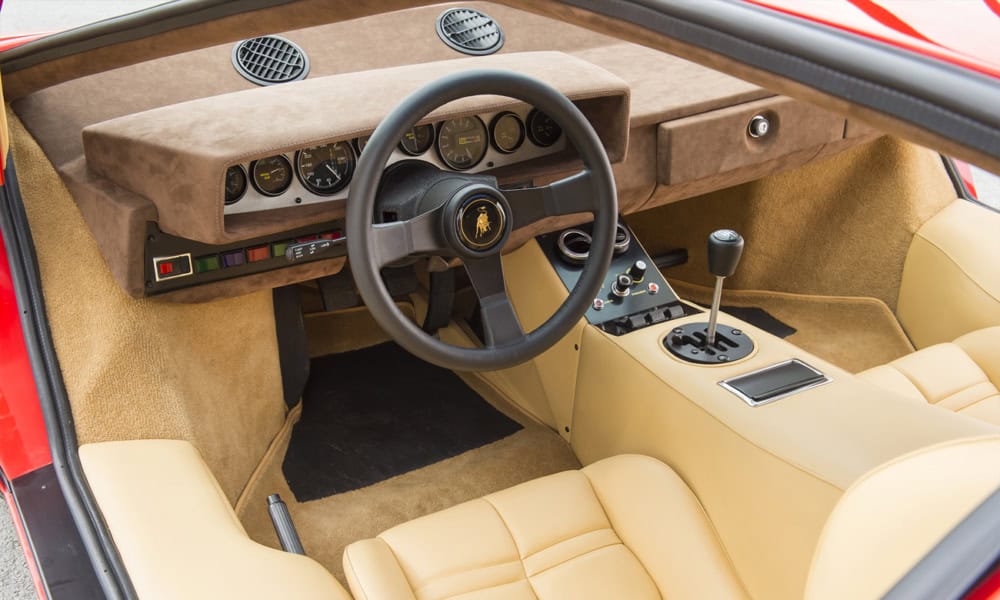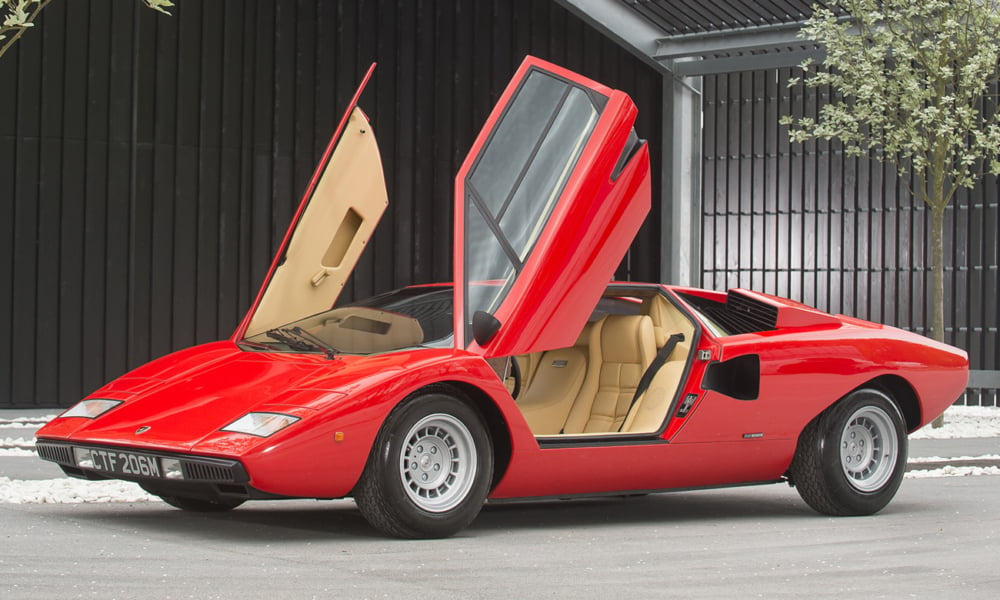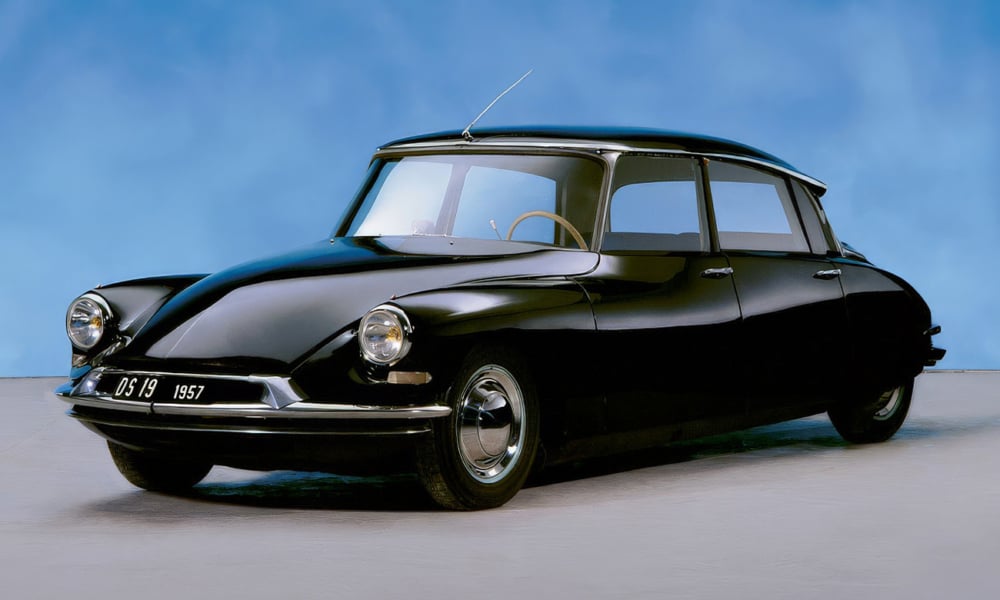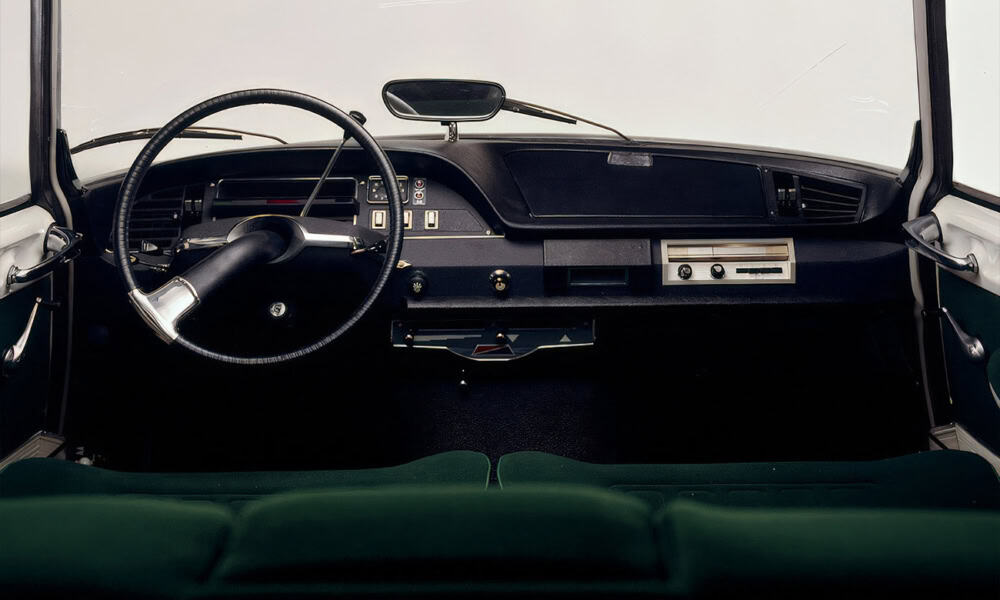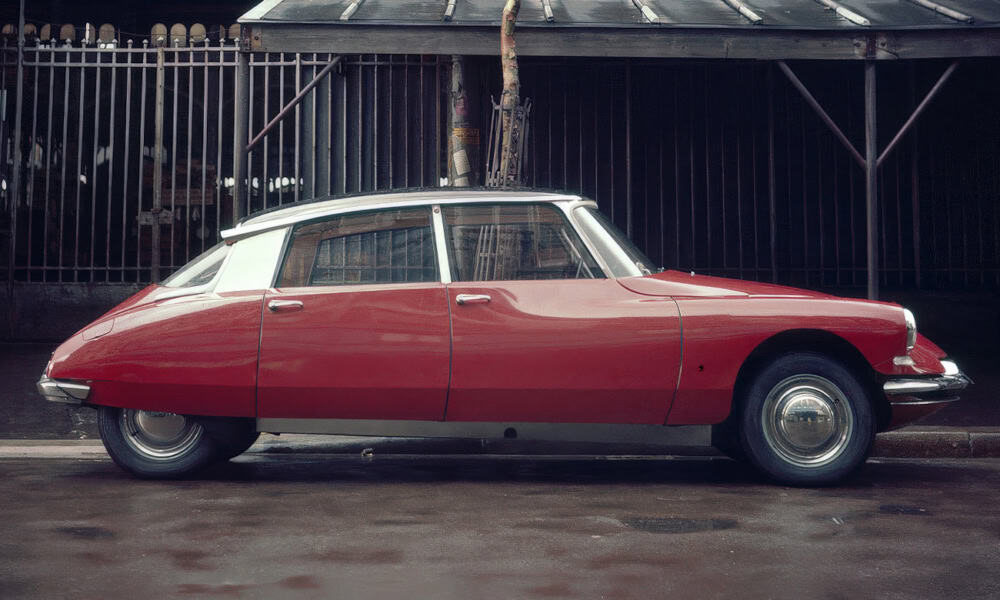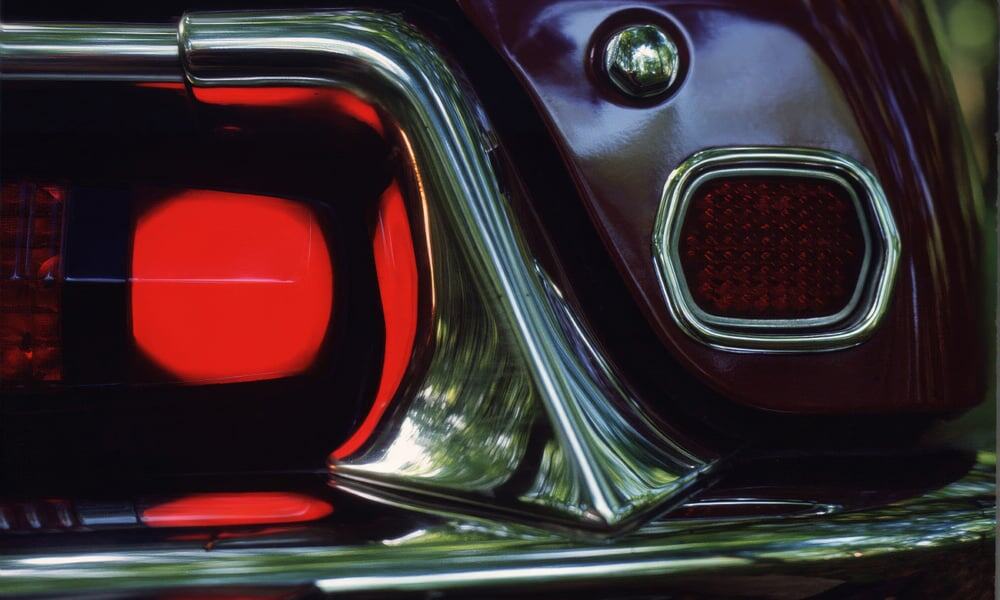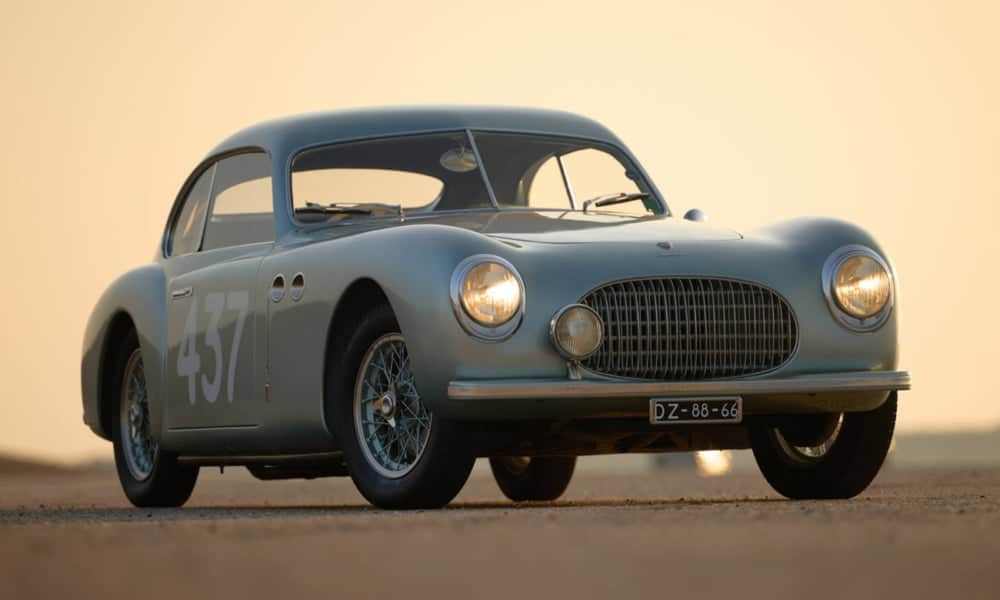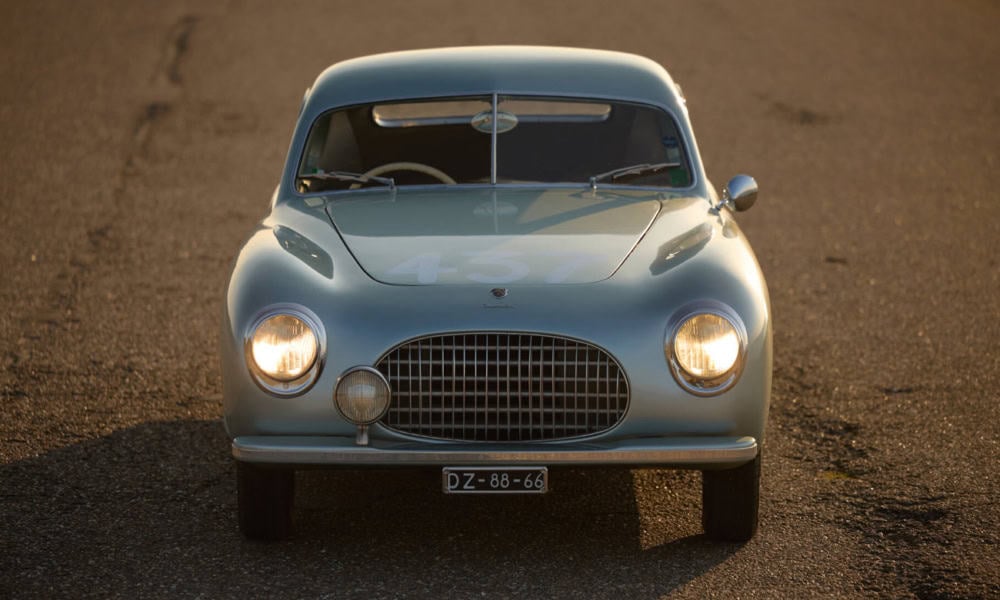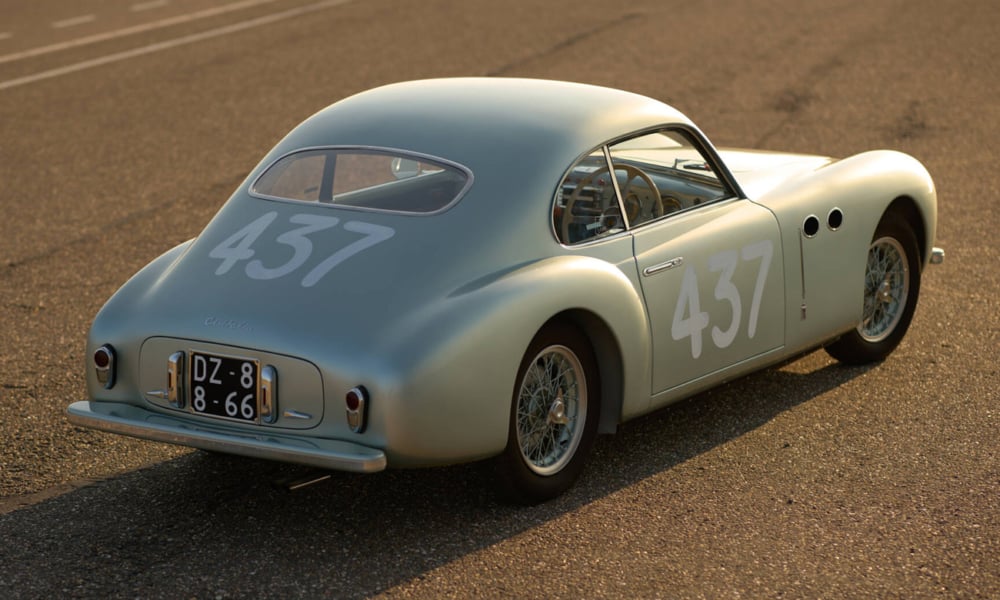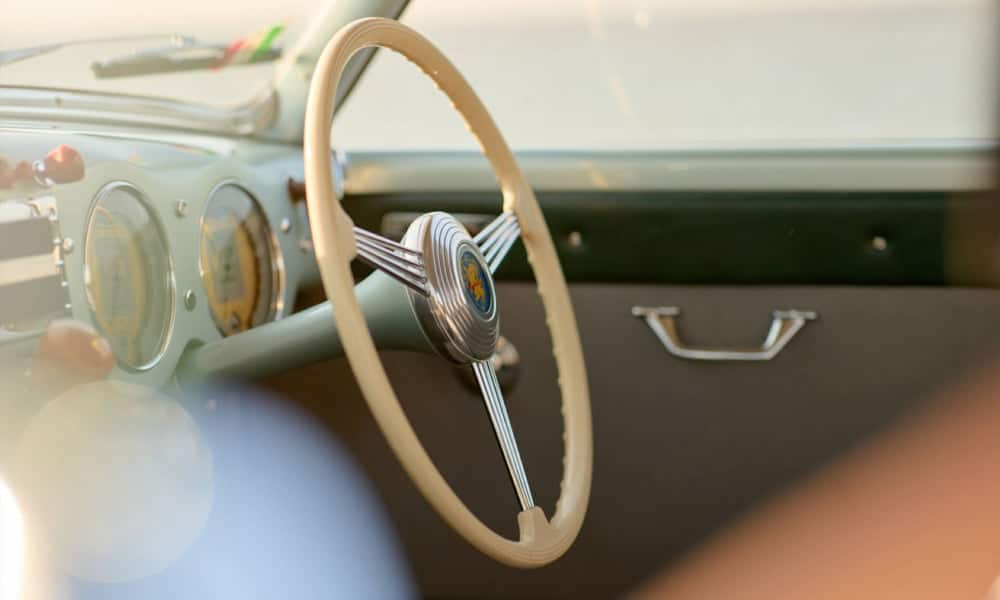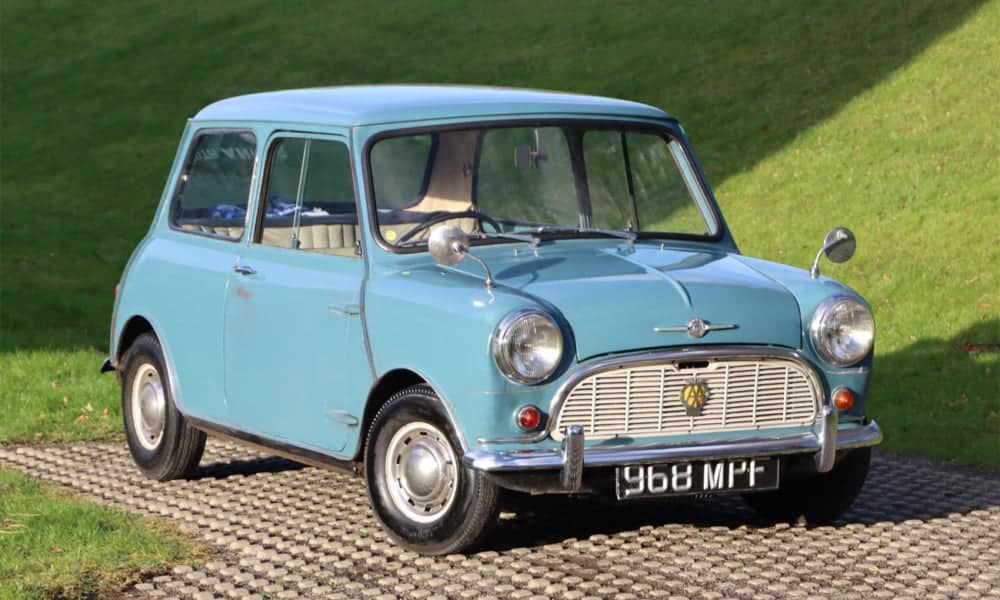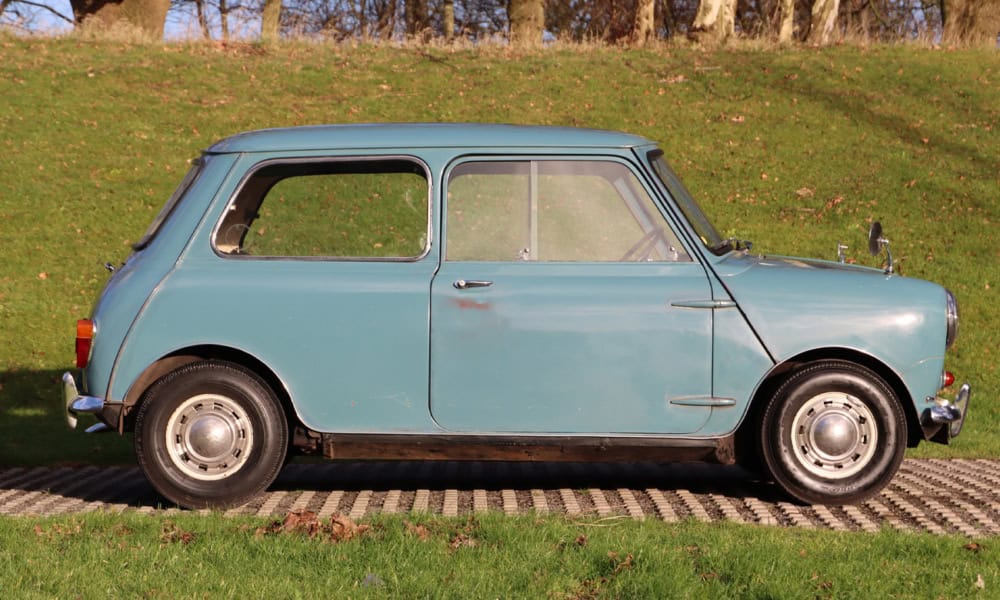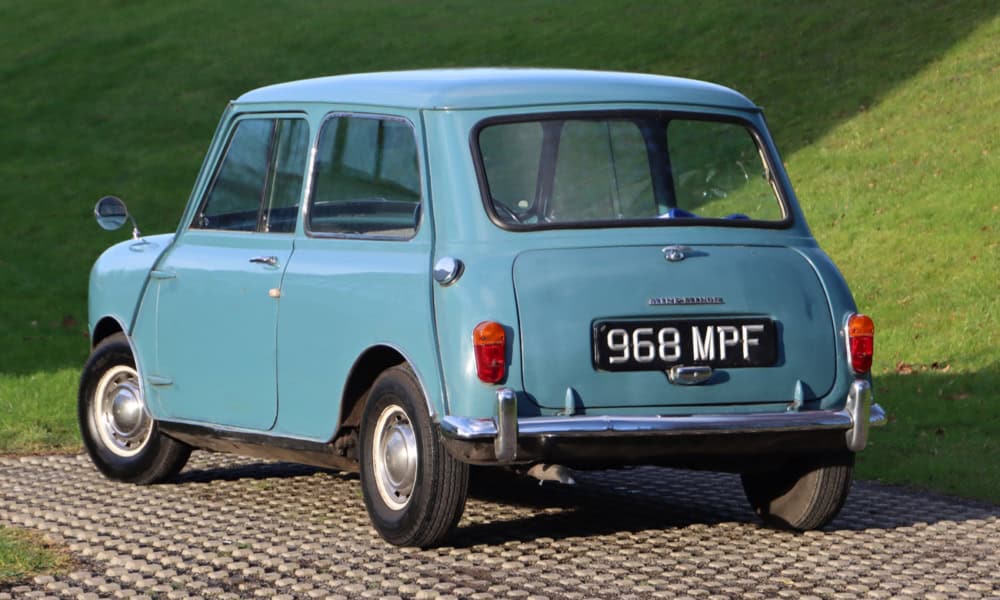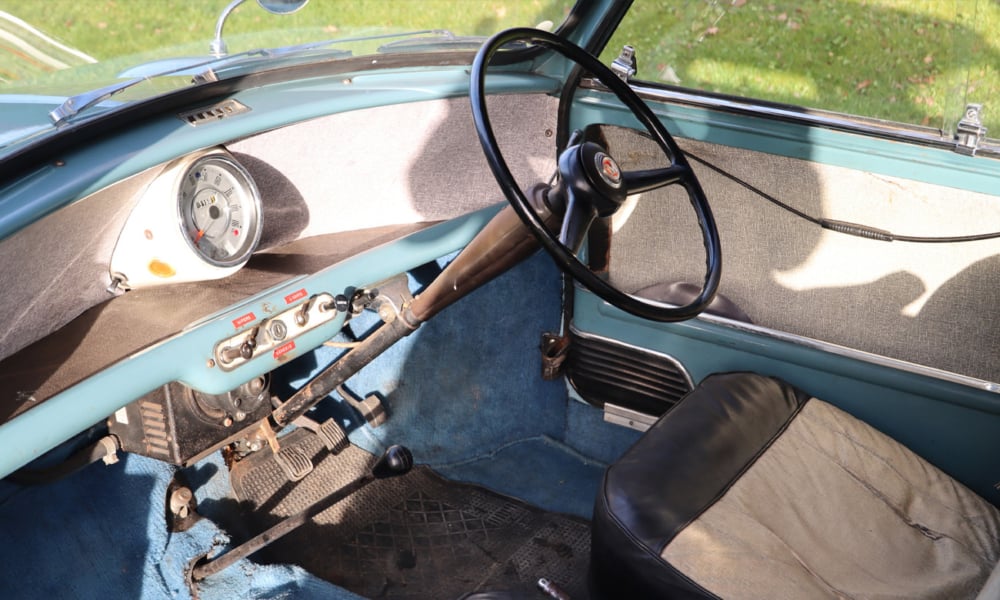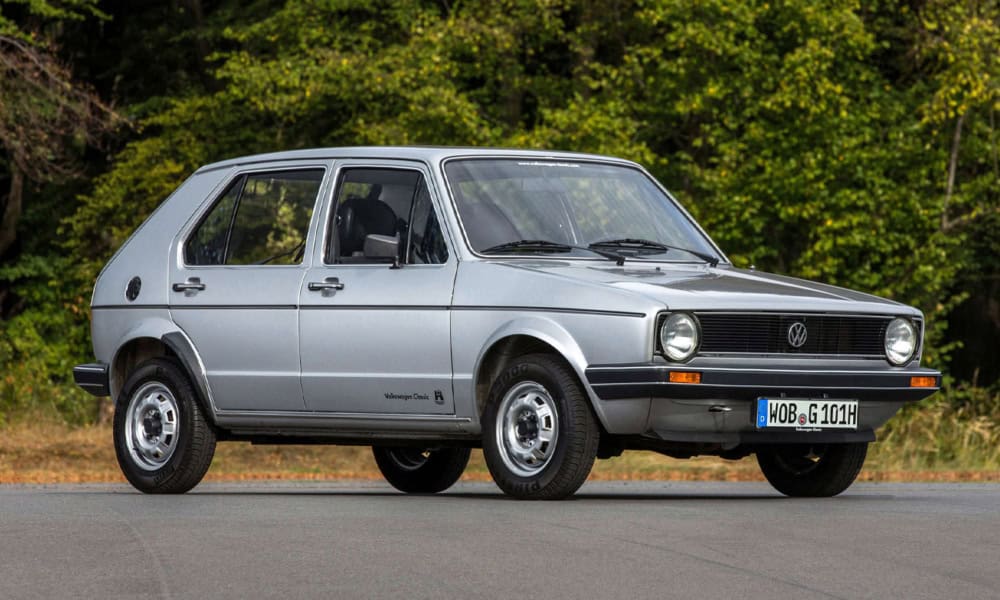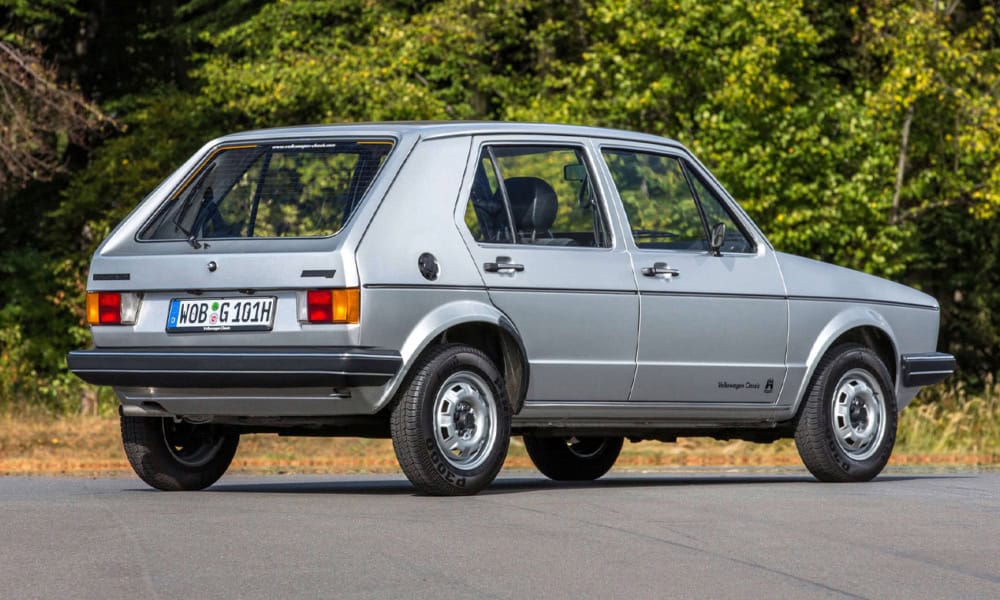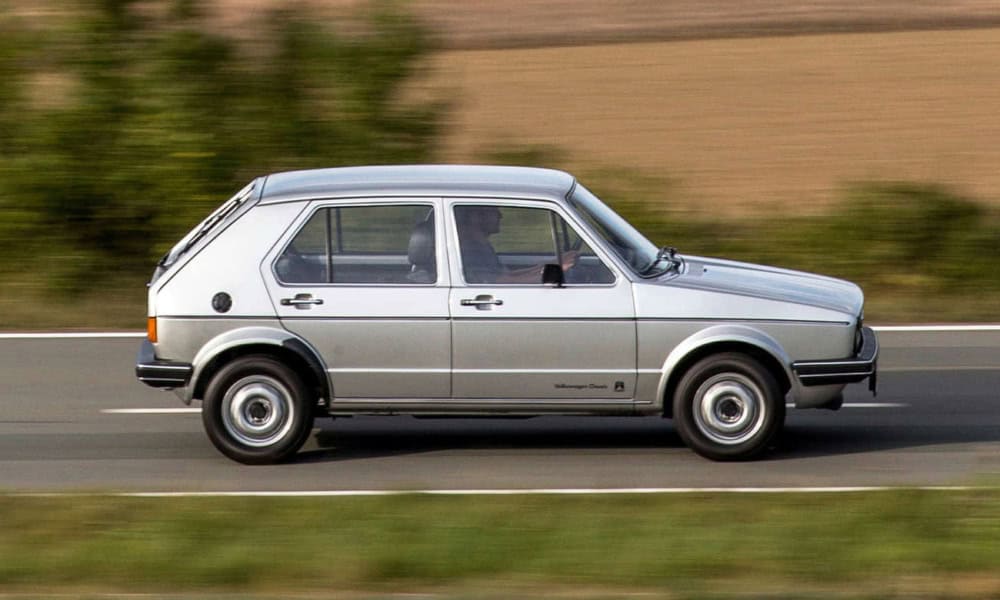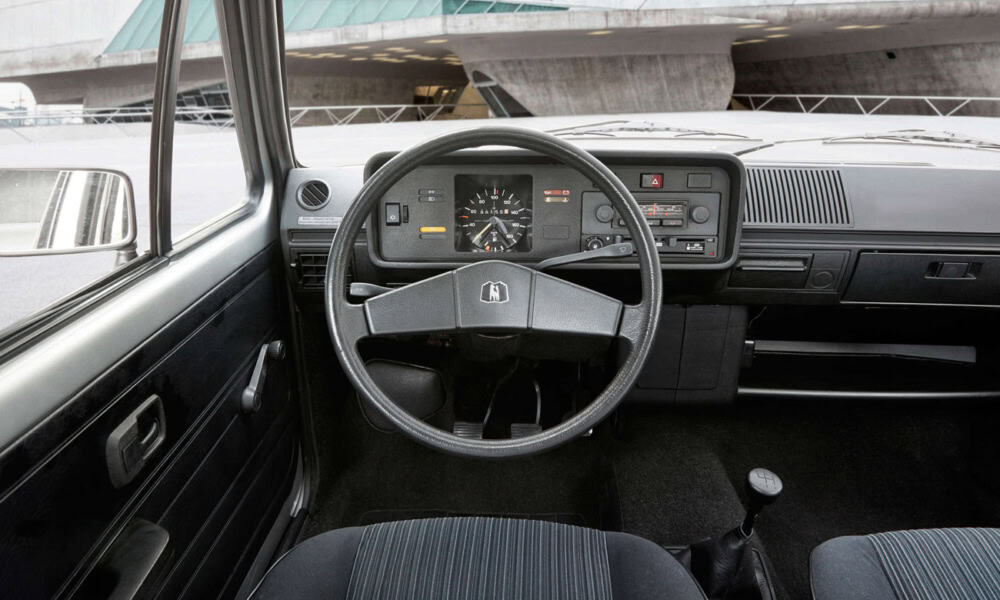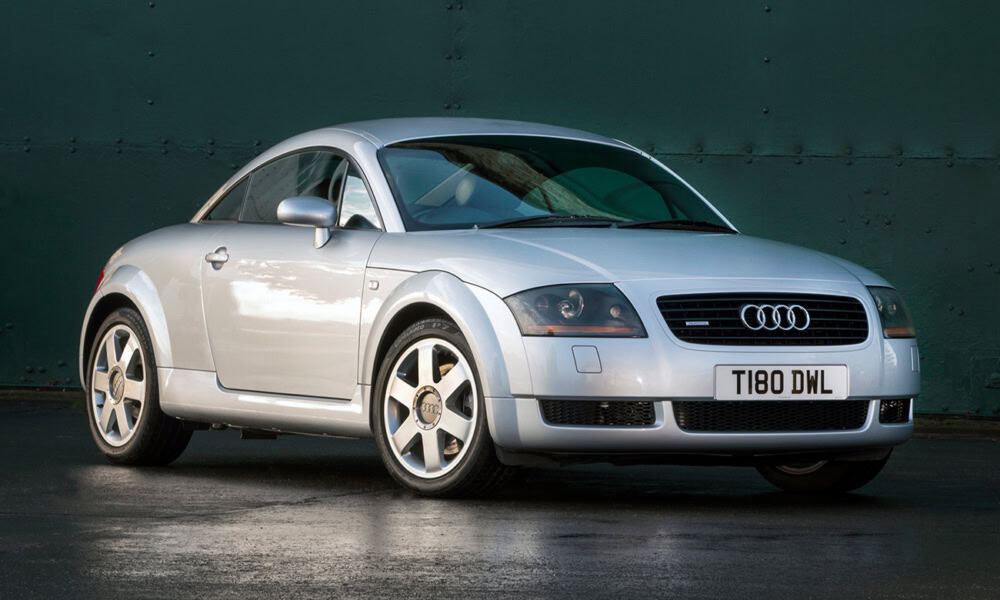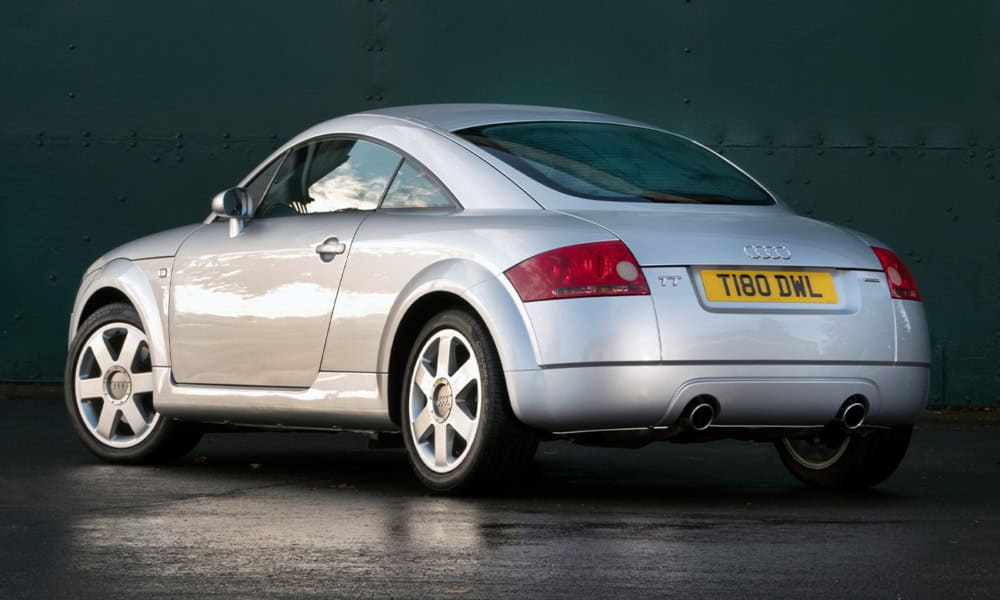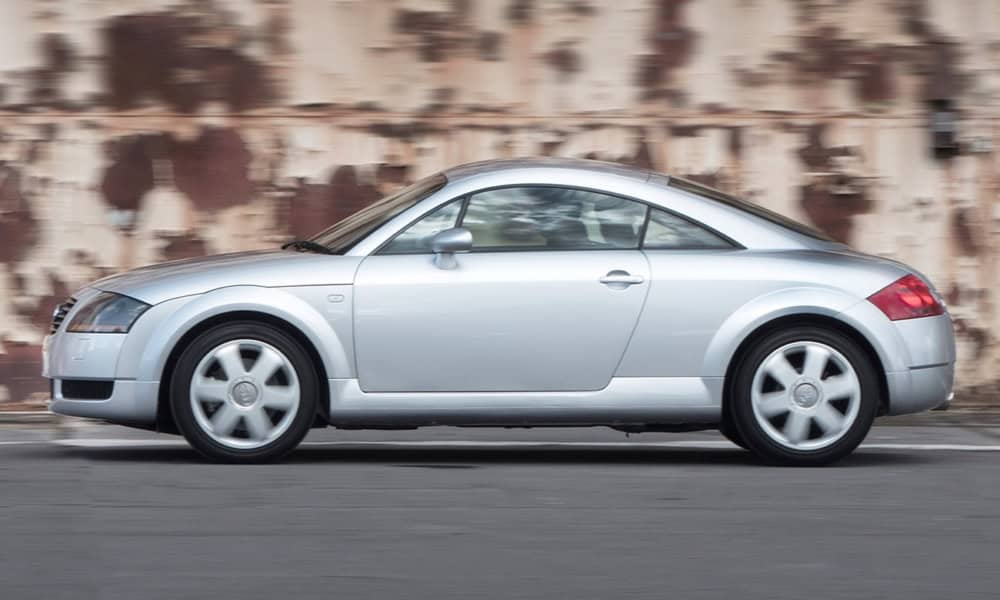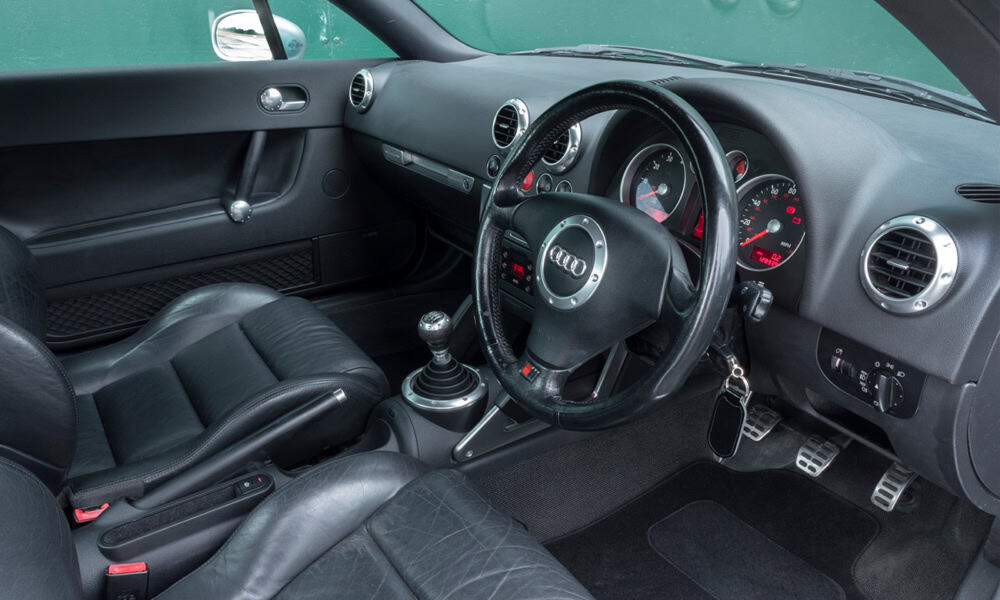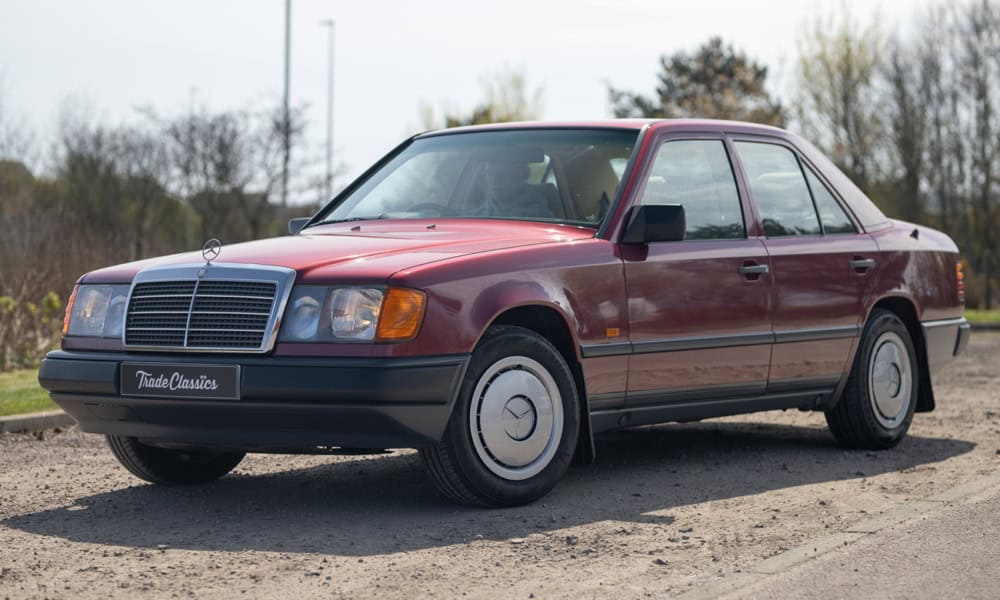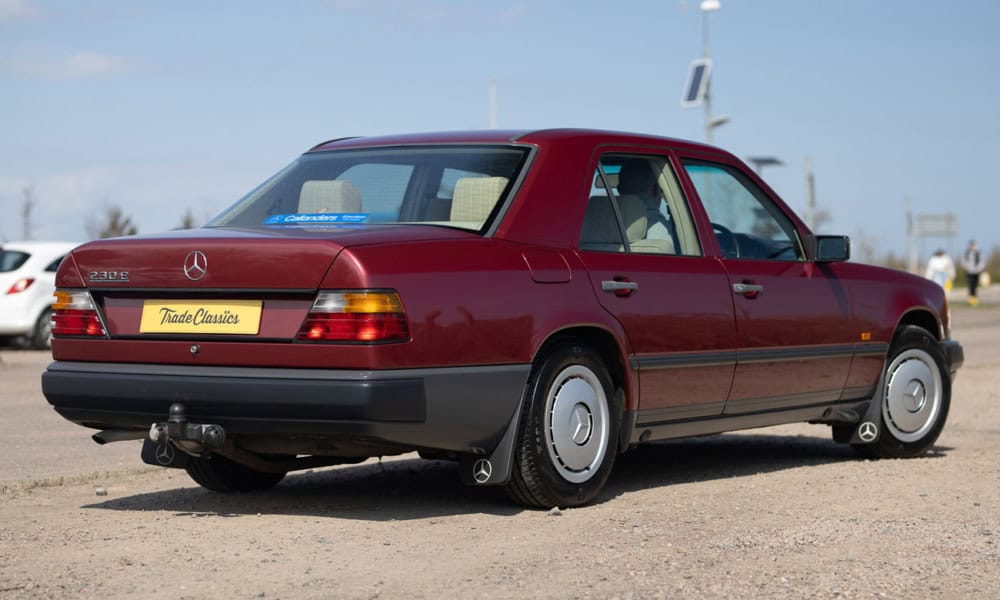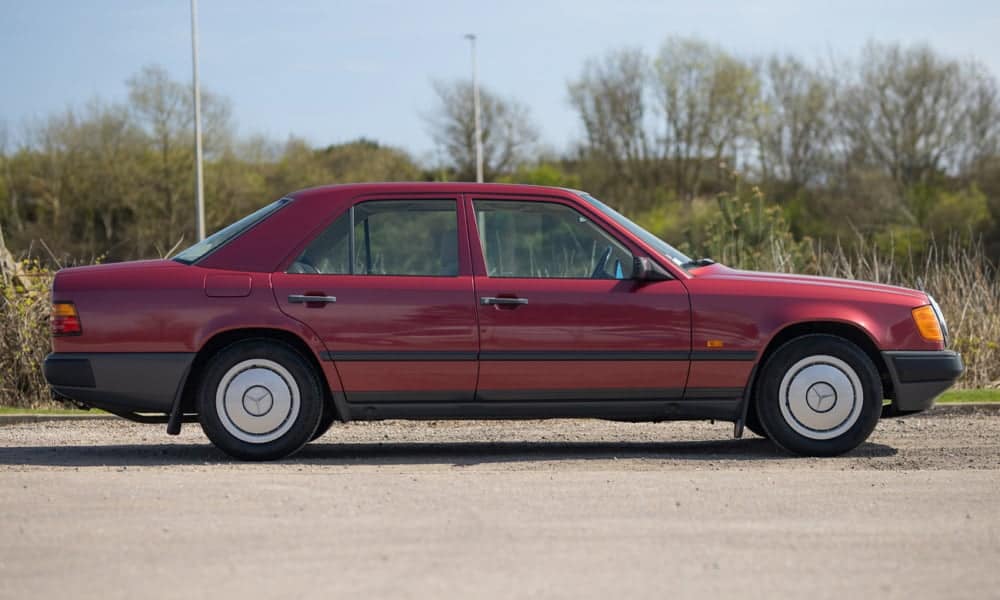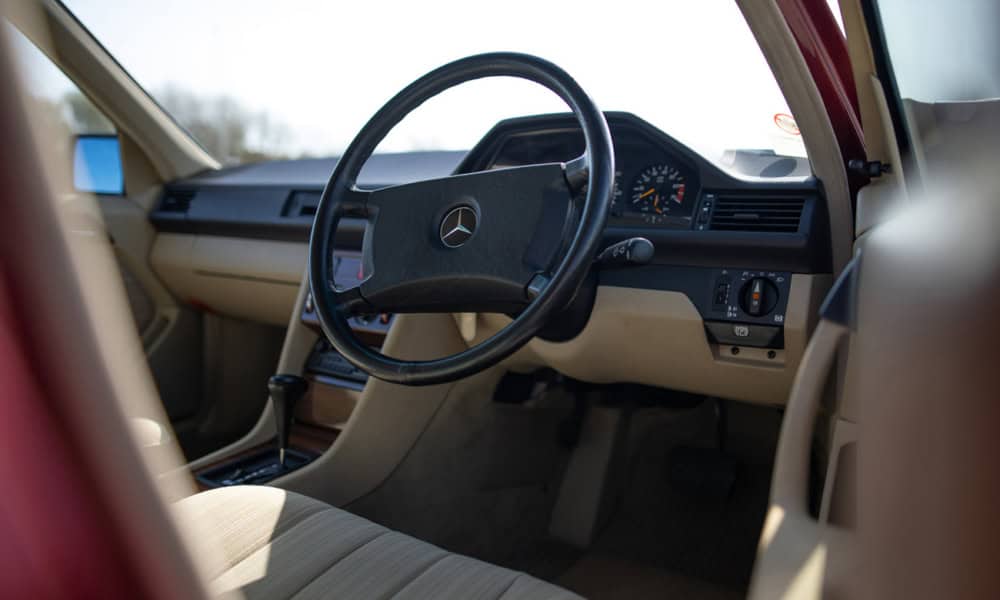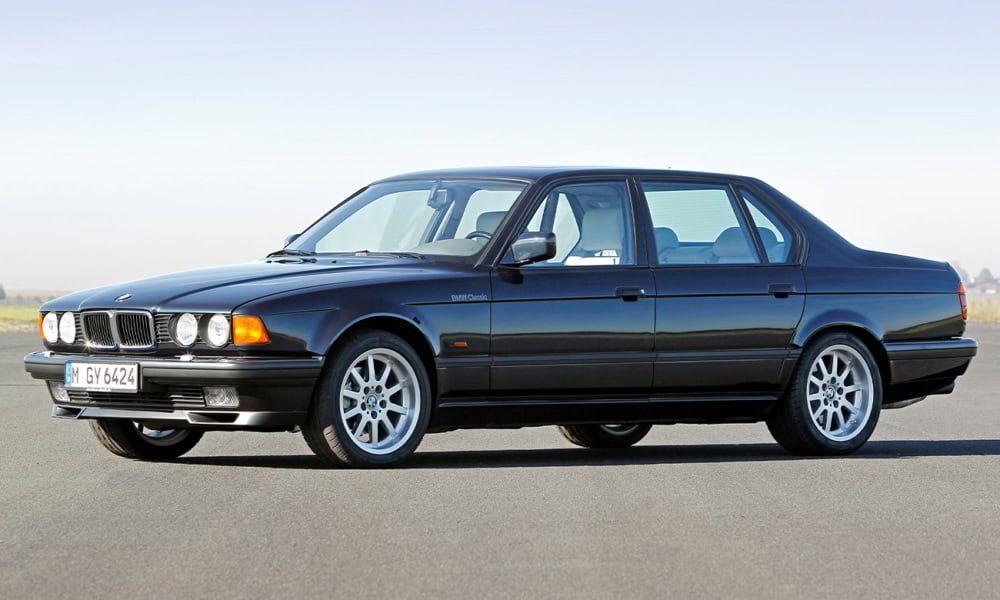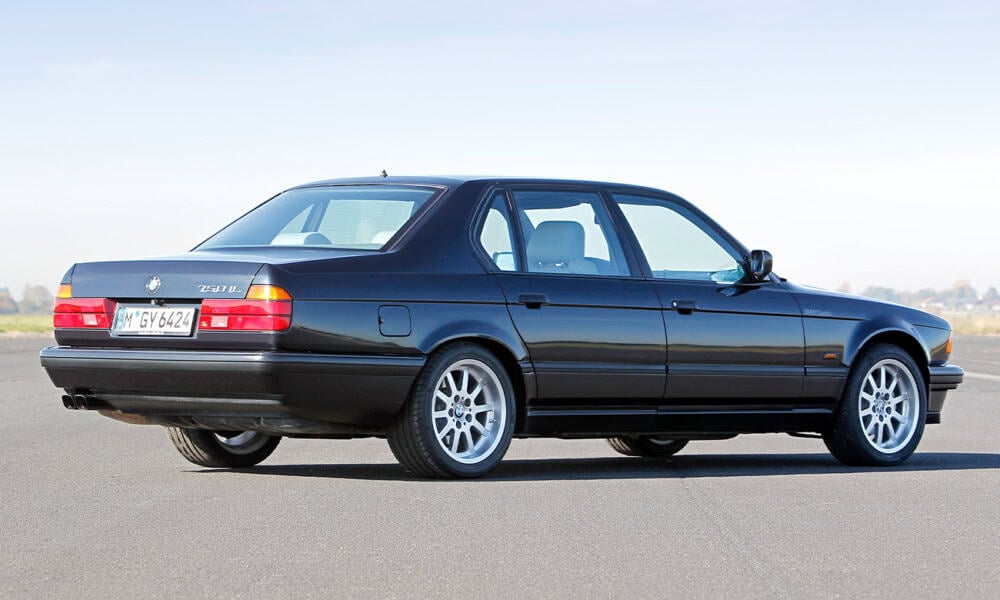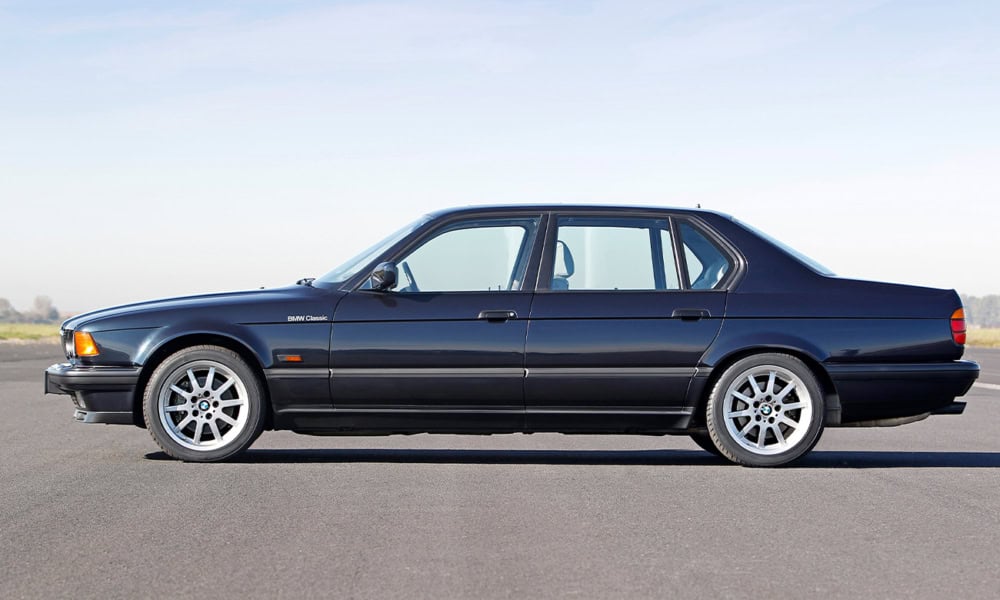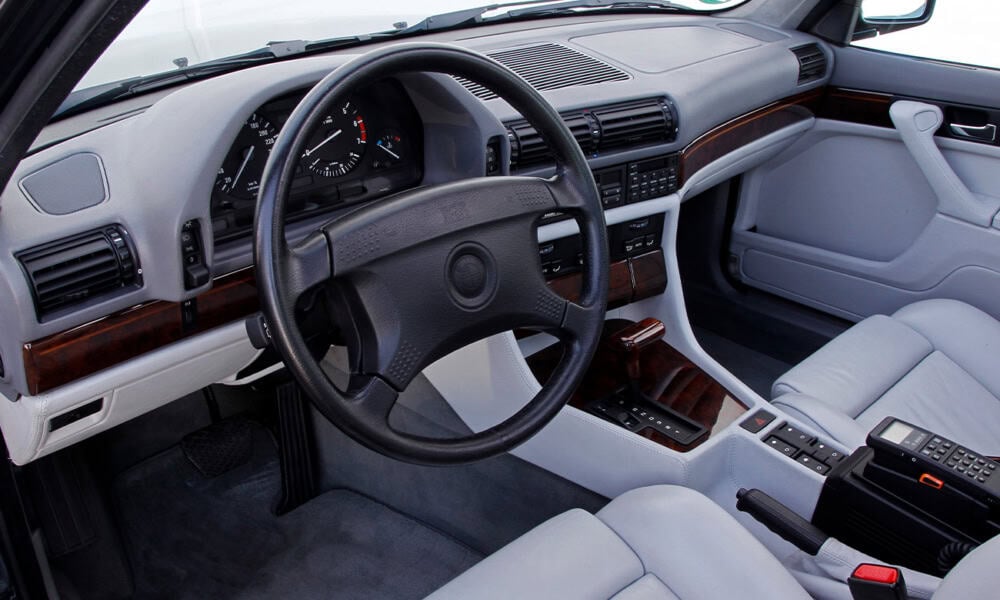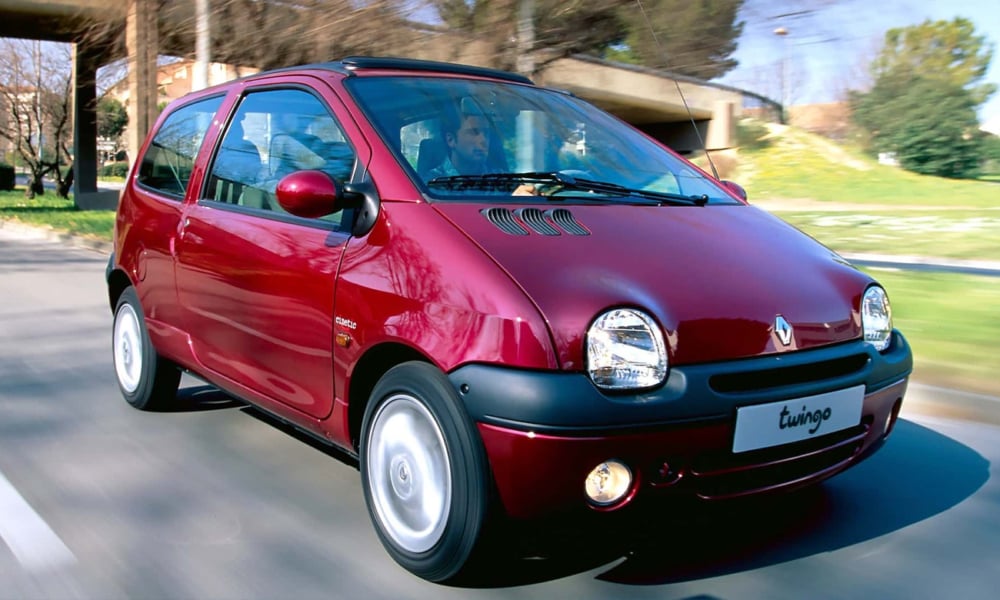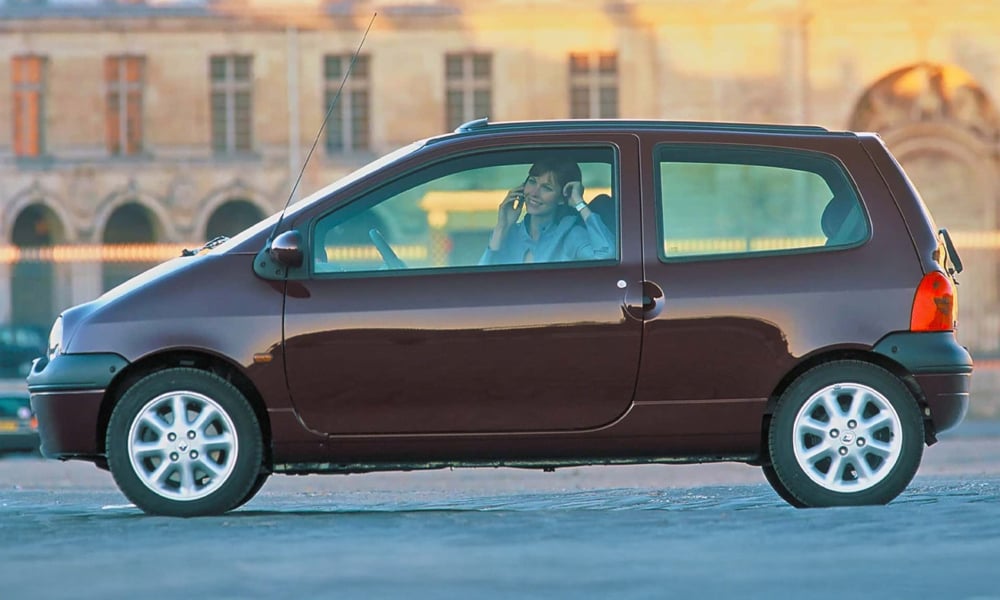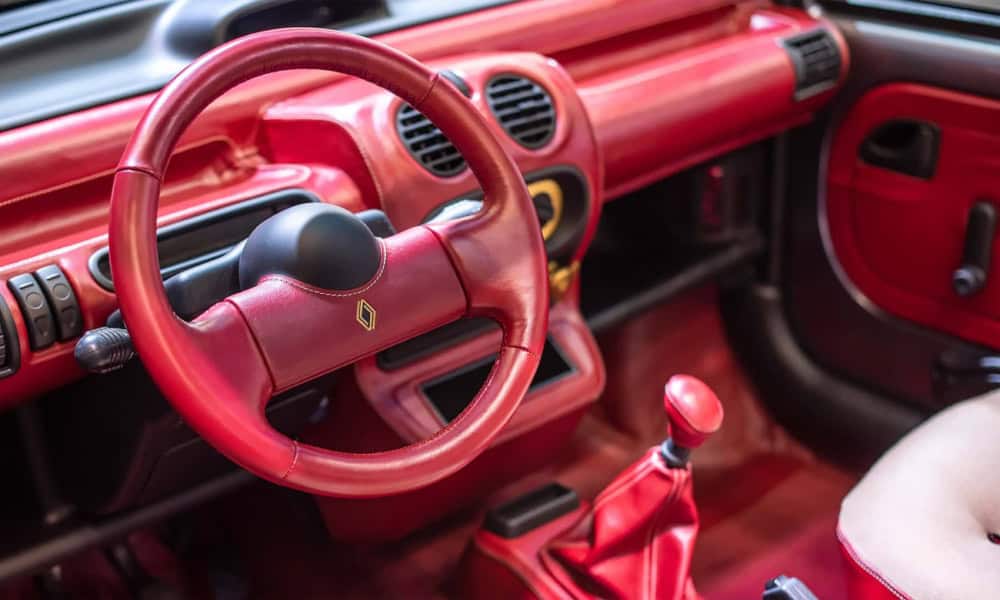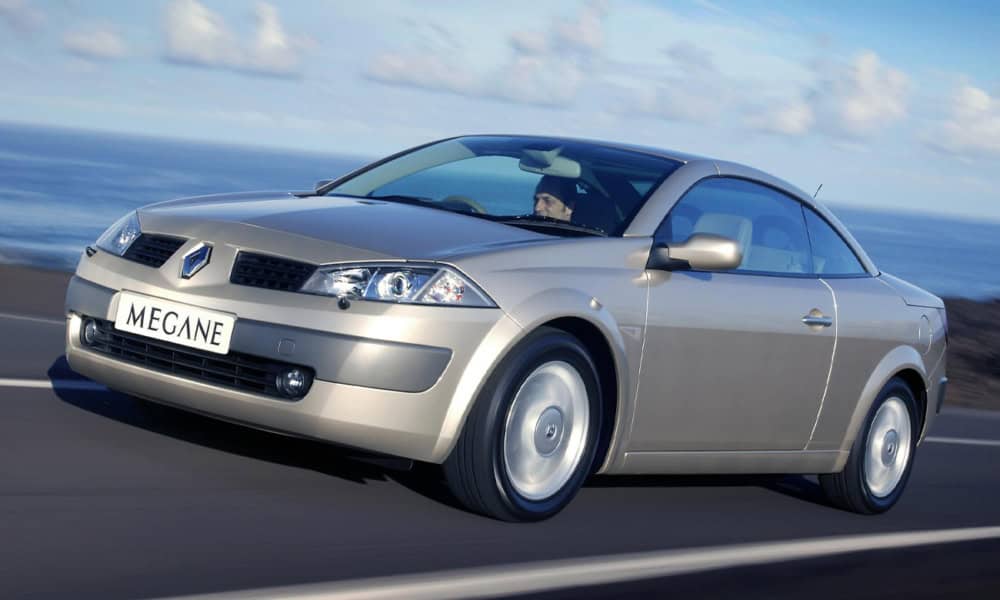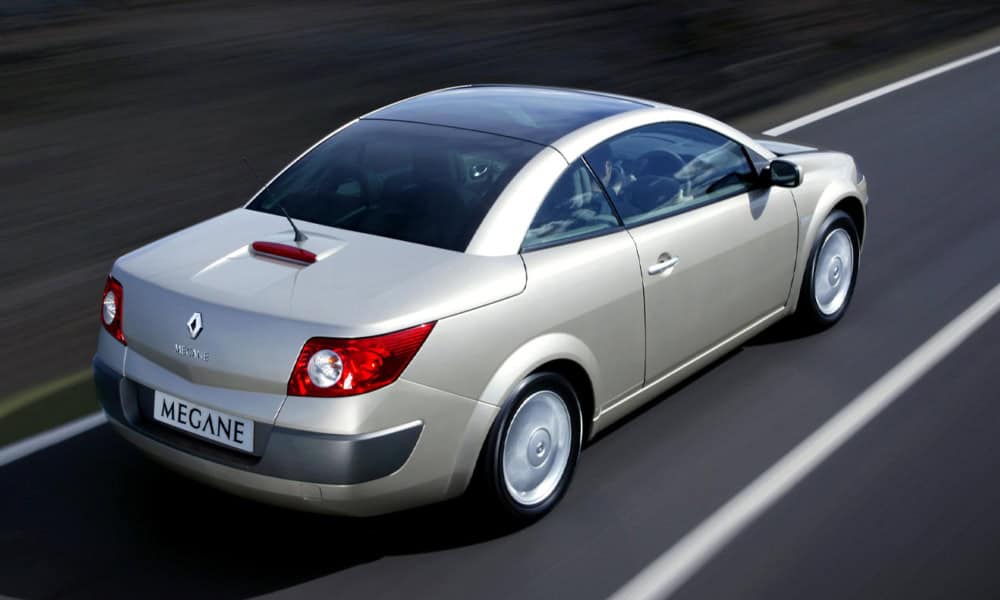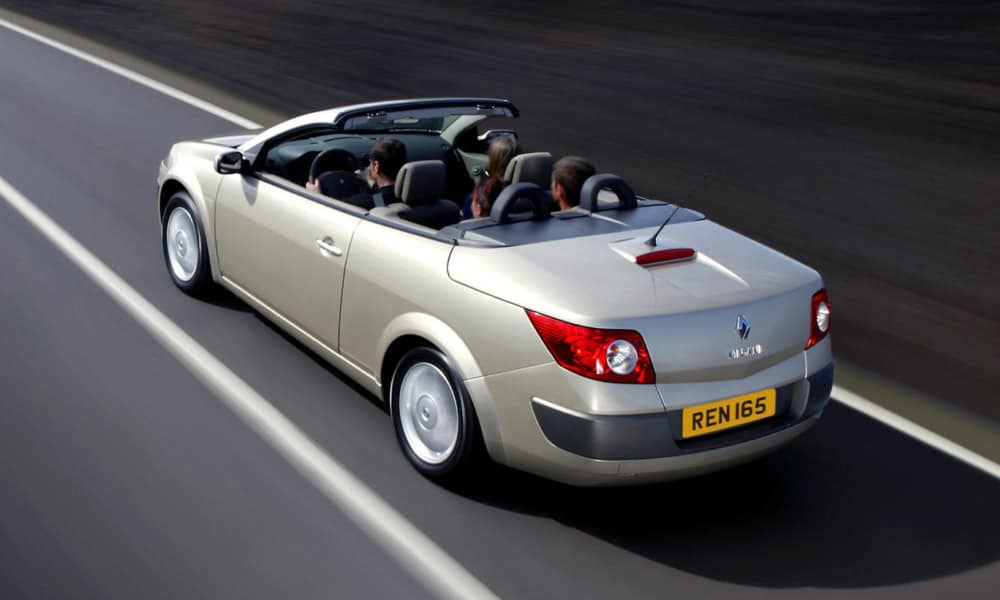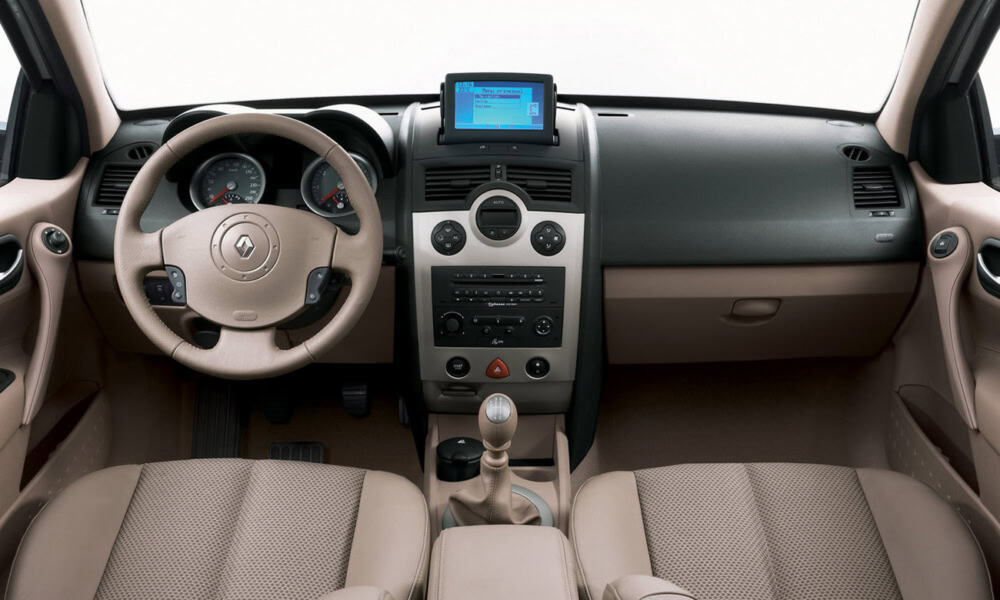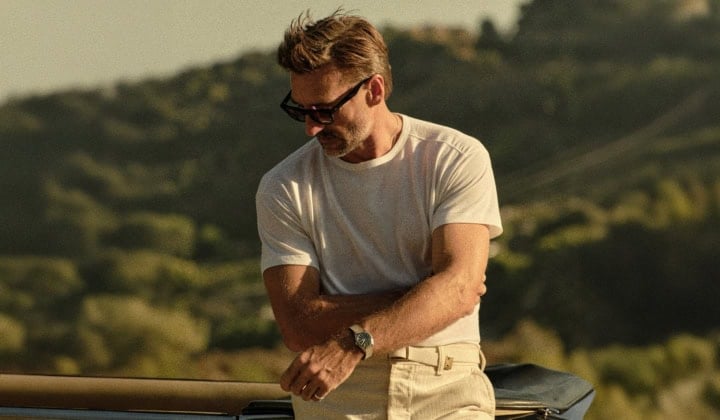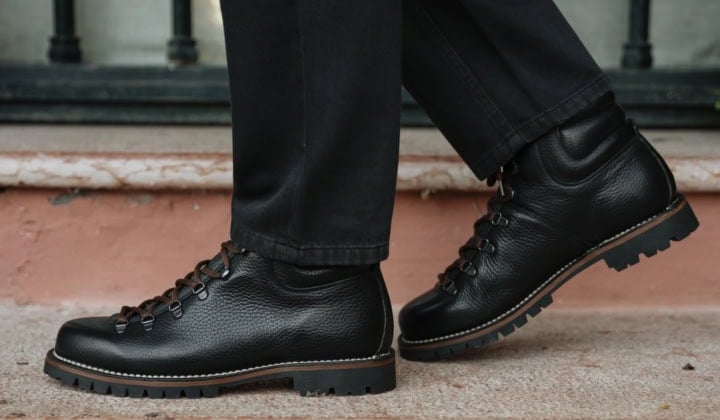Auto Hall of Fame: The Greatest Car Designs Of All Time
The question of whether cars can be considered art is one that often gets thrown around. But if we look past the semantics, there’s little doubt that the combination of design, engineering and passion can create icons—if not pure art. So what makes a design iconic? Time, patience and a touch of fate. None of these cars were created to be icons. They simply became them.
Here’s our rundown of the best car designs of all time—and why they deserve their place on the list.
1974 Lamborghini Countach
Think “supercar” and you’ll likely picture something that looks a lot like the Lamborghini Countach. The format we now take for granted—mid-engined layout, low stance, angular lines, futuristic detailing—started right here, dreamt up by a group of eccentric, stubborn, but ultimately brilliant Italians.
Lamborghini’s audacious spirit is captured best in the original Countach LP400. But the real genesis was the Miura: curvy, sultry, technically ambitious and the result of a dream team of designers, engineers and test drivers. The Countach, however, took those ideas and pushed them into the stratosphere—stylistically, at least.
Marcello Gandini played a pivotal role in both models. While there was debate over whether to include the Miura or the Countach, the latter won out for taking car design somewhere no one had gone before. The Miura reinterpreted familiar cues; the Countach threw them away and started from scratch. Its influence? Unmistakable.
1955 Citroën DS
Where the wedge and drama of a supercar is comparatively easy to realise in an expensive car for the few, designing true innovation into an everyday car is much more challenging. That’s exactly what Citroën did with the 1955 DS. This four-door saloon was designed around aerodynamic principles and ground-breaking technology, introducing a raft of world firsts in luxury and safety equipment.
Look at the DS and it’s almost impossible to believe that its design was introduced into mass production as early as 1955. Its shark-like nose and complex metalwork were like nothing else on the road, layered over a conservative front-wheel-drive saloon layout. The details—the high-mounted indicators on the C-pillar and the elegant integration of the chromed bumpers—only deepened the sense of otherworldliness.
Under the skin, Citroën introduced a hydro-pneumatic suspension that was height adjustable and delivered a luxury ride quality. The DS could even continue driving after a puncture, a system that famously helped Charles de Gaulle survive an assassination attempt. Not just beautiful, then, but brilliantly clever too.
1946 Pininfarina Cisitalia 202
The grandfather of modern car design might have started with a model you’ve barely heard of. The Cisitalia 202, designed by Pinin Farina himself, was among the first to carry the Pininfarina badge. And despite lacking a Ferrari or Lamborghini crest on its nose, it arguably set the template for high-end sports and GT car design.
The 202’s forward-thinking design integrated the wings, bonnet and cabin into one continuous form—a radical departure from the bolt-on look of earlier cars. The silhouette introduced what would become the GT car’s defining proportions: a cab-rearward stance, arched wheel arches and a tapering tail. These cues still shape front-engined sports cars to this day.
It may not have driven like it looked—its underpowered Fiat-based four-cylinder was more pre-war than post-war—but as a design object, it was a revelation.
1959 Morris Mini Minor
If we separate design from styling for a minute, it’s impossible not to recognise the impact the original Mini had on the world of automotive design. The 1959 Morris Mini Minor, conceived by Sir Alec Issigonis, revolutionised car packaging by introducing a transverse engine layout with the gearbox beneath.
This clever mechanical configuration allowed Morris to fit four usable seats into a body just over 3m long. Combined with innovations in suspension and differential layout, it answered the call of the 1950s fuel crisis with a small, efficient car that didn’t compromise usability.
The real magic of the Mini, though, wasn’t just its packaging. It was also brilliant to drive, with responsive handling and a character that turned utility into iconography. It didn’t just fit people inside—it fit into their lives.
1974 Volkswagen Golf Mk1
When VW came to replace the Beetle, it turned to Giorgetto Giugiaro—one of the greatest names in car design. The result was the 1974 Golf Mk1, which swapped the rear-engined quirk for a sharp, modern front-engined, front-wheel-drive layout.
It needed to be simple, elegant and timeless—and Giugiaro delivered. His clean, angular lines and practical hatchback form became the new norm. The Golf was no mere Beetle replacement; it was a complete reset, and one that proved enduring enough to carry the model line for generations.
Then came the GTI, which took this unassuming family hatch and gave it a shot of adrenaline. With just a few subtle tweaks, the Golf was transformed into a cult classic that proved performance could live comfortably within a practical shell.
1999 Audi TT
How do you create a new icon in the modern age? Audi’s answer was the TT Coupe. Launched in 1999 and based on the Golf platform, it was a design statement from top to tail. It blended futuristic minimalism with nostalgic cues, all wrapped in an almost architectural form.
Designed by Freeman Thomas and overseen by Peter Schreyer, the TT wasn’t just about what it looked like—although the circular motifs, slick curves and pared-back detailing were certainly part of its charm. It was about coherence. From the wheels to the interior vents, the TT felt like a concept car that escaped the motor show and made it onto the road.
It arrived just before the coupe market began to fade, yet it left a lasting impression that even three follow-up generations have struggled to match.
1984 Mercedes-Benz W124
The W124 might not scream icon at first glance, but its designer, Bruno Sacco, didn’t just shape a car—he helped define a whole category. The W124 sat between the compact 190 and stately S-Class, and needed to tread that line with care. It did so brilliantly.
This was the car that effectively invented the modern executive saloon. Its proportions were spot on, its detailing restrained, and its road presence unmistakable. It looked right in every colour and every body style—saloon, coupe, estate—and has aged with a rare kind of grace.
Where the BMW 5 Series leaned sporty, the W124 leaned sophisticated. And that subtle confidence became Mercedes-Benz’s calling card for decades.
2002 BMW 7 Series (E65)
Much has been said about BMW’s design direction over the years, but no car triggered more debate than the E65 7 Series. Designed by Adrian van Hooydonk under the eye of Chris Bangle, it replaced the elegant E38 with something far more radical.
At launch, it was divisive—especially its boot. But look again. The E65 introduced bold surfacing, distinctive proportions and a stance that demanded attention. The detailing, colour choices and volumes were carefully executed, even if not always universally loved.
It marked a turning point for BMW’s design language and ushered in a new era of confidence. You may not like it, but you can’t ignore it.
1990 Renault Twingo
When Patrick Le Quément set out to design the Twingo, it wasn’t just about creating a cheap car. It was about creating a car with heart. The result was a design that connected with people like few cars ever have.
Every element was tailored for simplicity and joy: the playful face, the compact proportions, the bright colour palette, and the clever, minimalist interior. It was built to a budget, yes, but it never felt compromised.
Its smile was more than a metaphor. The Twingo brought character and charm to millions of urban streets, proving that small, affordable cars could still stir the soul.
2003 Renault Mégane II
Sticking with Renault—and Patrick Le Quément specifically—the Mégane II was the result of a bold rethink in a conservative segment. This wasn’t just another hatchback. It was a statement.
Where rivals played it safe, Renault introduced sharp angles, strong graphics and an instantly recognisable rear end. The three-door, in particular, had a unique silhouette that stood out in traffic and in memory.
It proved that mainstream cars didn’t have to be boring and that design flair wasn’t the exclusive purview of coupes and concept cars. Like flared jeans and the Spice Girls, it defined its era—and that’s no bad thing.
